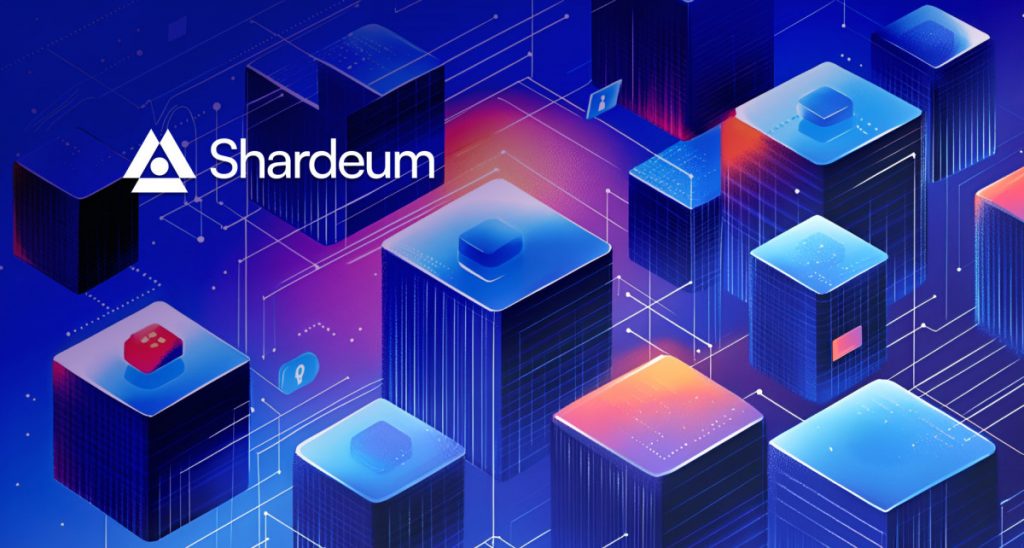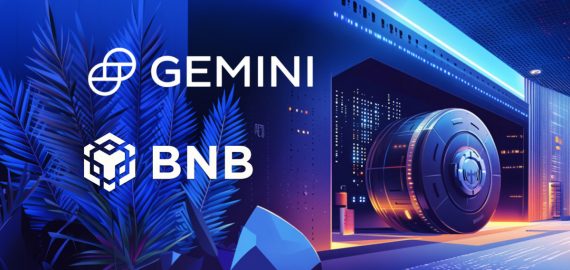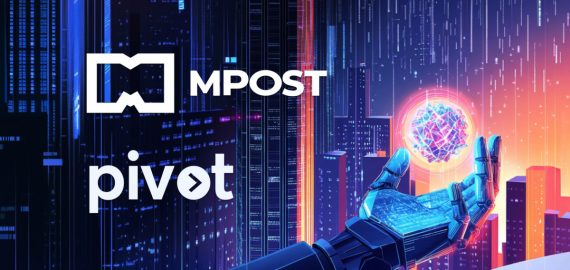Shardeum Empowers Validators and Unveils Autoscaling Mainnet Roadmap


In Brief
Shardeum, a Layer-1 blockchain with autoscaling, is set to launch its mainnet in May 2025, focusing on permissionless decentralization, low-cost validator participation, and open-source accessibility.

Blockchain networks have long struggled with scalability, which affects transaction speed, fees, and general usefulness. In order to maintain network stability, Shardeum, a Layer-1 blockchain designed with autoscaling as a key component, is approaching its phased mainnet rollout starting May 5, 2025. The project is concentrating on permissionless decentralization, low-cost validator participation, and open‑source accessibility as it gets closer to its mainnet launch.
Unlike many Layer-1 networks that require complex hardware setup and high staking thresholds, Shardeum minimizes the financial and technical barriers to running a node. Anyone can spin up a Shardeum node with a single command in under 1 minute on a quad‑core CPU and 16 GB RAM. The 2,400 SHM stake lowers financial barriers, allowing validators from emerging markets to secure the network on equal footing.
The Problem of Scalability and Shardeum’s Unique Approach
The monolithic nature of traditional blockchain networks makes them difficult to scale. As network activity increases, congestion, more costs, and worse performance result from each node having to execute every transaction.
Shardeum addresses these with dynamic state sharding, which enables network resources to change instantly in response to demand. Autoscaling is still a crucial feature, and V1 of Autoscaling is scheduled to go live at the genesis. For developers and validators, Shardeum’s design already guarantees great accessibility, fast transactions with low and predictable fees, delivering the first L1 launch that tackles the blockchain trilemma (scalability, decentralization, and security) from day one.
Why Become a Validator?
One of Shardeum’s standout features is its permissionless validator design, enabling anyone to contribute to the network using standard hardware and a simple install process. Running a validator takes less than a minute and requires no complex setup or high stake amount.
Shardeum encourages genuine decentralization, in contrast to conventional Layer-1s, where validator operations necessitate costly hardware and large staking amounts.
This drastically lowers the barrier to entry, especially for users in emerging markets – and fosters true decentralization. Validators earn rewards for their role in maintaining the network, with consistent gas fees and no concentration of power in high-stake operators. The network remains fully decentralized, preventing any single entity from controlling a majority of operations. A wide spectrum of people can run a node because it is affordable and doesn’t require expensive hardware. To ensure flexibility and cost, validators can use cloud-hosted solutions or regular hardware setups to operate nodes. For more details, refer to the official validator guide.
A Milestone in the Incentivized Testnet
As of March 2025, Shardeum’s testnet has processed over 81 million transactions, onboarded 1.2 million wallets, and attracted a record-setting 171,000+ physically run validator nodes, the highest ever reported for a Layer 1 testnet.
This community-led momentum culminated in over 52,000 validators actively participating in the Incentivized Testnet (ITN), “Atomium,” which processed 60 million transactions across four stages. This high degree of involvement demonstrates the community’s trust as well as the network’s usability.
Security is still of utmost importance. In order to provide researchers who find vulnerabilities with bounties of up to $1 million, the network has teamed with Immunefi to operate bug bounty programs. These initiatives guarantee that possible risks are handled effectively before the mainnet’s launch. The entire codebase is open source (60+ GitHub repositories, 32,000 stars), encouraging continuous peer review.
Implications for Developers
As the mainnet launch approaches, Shardeum continues to focus on developer onboarding and ecosystem growth. While smart contract functionality will not be live at the initial launch, Shardeum’s architecture is designed for full EVM compatibility, which will be introduced in subsequent phases of the mainnet rollout in Q3 2025. Predictable gas fees and a scalable infrastructure offer a stable foundation for building in areas like DeFi, gaming, and tooling.
With a frictionless validator experience, proven autoscaling, and unmatched community momentum, Shardeum positions itself to redefine what a decentralized Layer‑1 can achieve when the mainnet goes live on 5 May 2025.
Disclaimer
In line with the Trust Project guidelines, please note that the information provided on this page is not intended to be and should not be interpreted as legal, tax, investment, financial, or any other form of advice. It is important to only invest what you can afford to lose and to seek independent financial advice if you have any doubts. For further information, we suggest referring to the terms and conditions as well as the help and support pages provided by the issuer or advertiser. MetaversePost is committed to accurate, unbiased reporting, but market conditions are subject to change without notice.
About The Author
Victoria is a writer on a variety of technology topics including Web3.0, AI and cryptocurrencies. Her extensive experience allows her to write insightful articles for the wider audience.
More articles

Victoria is a writer on a variety of technology topics including Web3.0, AI and cryptocurrencies. Her extensive experience allows her to write insightful articles for the wider audience.

















































